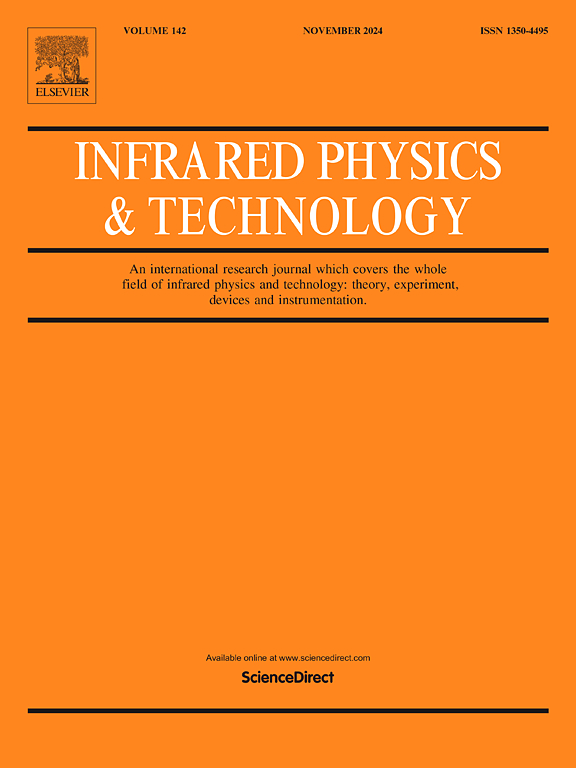Trace gas detection based on dual-QTFs laser-induced thermoelastic spectroscopy
IF 3.1
3区 物理与天体物理
Q2 INSTRUMENTS & INSTRUMENTATION
引用次数: 0
Abstract
A laser-induced thermoelastic spectroscopy (LITES) gas detection structure based on dual-quartz tuning forks (dual-QTFs) is developed for trace gas detection. In order to obtain the best response of the sensor, two QTFs with a similar resonance frequency were selected as photodetectors. Due to the reflection characteristic of the metal layer on the surface of the QTF, the reuse of laser energy was achieved by using two QTFs. By measuring the signal response and reflection effect of the front surface of QTF, the optimal incident position of the laser beam is determined. The laser beam injected on the surface of QTF1 was used to excite the LITES signal, and part of the laser beam was reflected back to the surface of QTF2 through the metal layer for exciting the LITES signal again. The signals generated by QTF1 and QTF2 were superimposed by an adder to realize the enhancement of the LITES signal. Choosing acetylene (C2H2) as the target analyte verified the detection performance of the sensor. At the C2H2 concentration of 1000 ppmv, the LITES signal amplitude of the dual-QTFs was 1641 µV, which had a 2.21 times improvement compared to QTF1. The long-term stability was evaluated by using the Allan variance analysis method; a minimum detection limit of 53 ppbv was achieved with an optimal integration time of 91 s. The corresponding to a normalized noise equivalent absorption coefficient of 7.59 × 10−9 cm−1∙W∙Hz−1/2.
求助全文
约1分钟内获得全文
求助全文
来源期刊
CiteScore
5.70
自引率
12.10%
发文量
400
审稿时长
67 days
期刊介绍:
The Journal covers the entire field of infrared physics and technology: theory, experiment, application, devices and instrumentation. Infrared'' is defined as covering the near, mid and far infrared (terahertz) regions from 0.75um (750nm) to 1mm (300GHz.) Submissions in the 300GHz to 100GHz region may be accepted at the editors discretion if their content is relevant to shorter wavelengths. Submissions must be primarily concerned with and directly relevant to this spectral region.
Its core topics can be summarized as the generation, propagation and detection, of infrared radiation; the associated optics, materials and devices; and its use in all fields of science, industry, engineering and medicine.
Infrared techniques occur in many different fields, notably spectroscopy and interferometry; material characterization and processing; atmospheric physics, astronomy and space research. Scientific aspects include lasers, quantum optics, quantum electronics, image processing and semiconductor physics. Some important applications are medical diagnostics and treatment, industrial inspection and environmental monitoring.

 求助内容:
求助内容: 应助结果提醒方式:
应助结果提醒方式:


